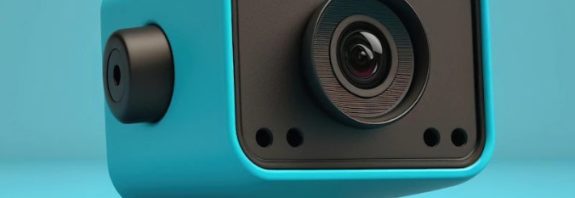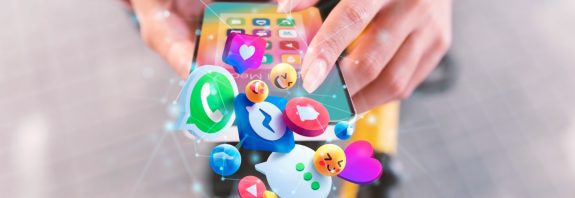How Does a Touchscreen Work?
How Does a Touchscreen Work? Unveiling the Mystery of Touchscreen Technology: How Does It Turn Touch into Action?
How Does a Touchscreen Work? Modern touchscreen technology has become an integral part of our daily lives
It surrounds us everywhere—on smartphones, tablets, laptops, and even household appliances. Touchscreens open up a wide range of possibilities for interacting with devices and simplify data input. But how exactly do they work? In this article, we’ll uncover the mystery behind touchscreens and explore how this technology transforms our touch into various actions.
How Does a Touchscreen Work?: Resistive and Capacitive Technologies
Currently, there are two primary technologies used in touchscreens: resistive and capacitive. Each has its own advantages and limitations.
Resistive Technology, used in older touchscreen models, consists of two layers separated by microscopic elastic spacers. When a finger or stylus presses on the screen, the layers make contact, registering the touch point. Resistive technology is simple to manufacture and relatively inexpensive, but it is less sensitive to touch and does not support multi-touch input.
Capacitive Technology, found in modern touchscreens, offers more advantages. Its key component is a transparent layer of indium-tin oxide applied to glass or plastic. When a finger, stylus, or any object that conducts electricity touches this layer, it alters the electric field. Sensors located at the edges of the screen detect this change and send the information to the touchscreen controller.
The controller analyzes the data from the sensors to determine the touch point or finger movement. It can also recognize multi-touch input, enabling gestures like zooming or rotating images. Once the coordinates are identified, the controller sends this information to the device, which then performs the corresponding actions on the screen.
One of the key advantages of capacitive technology is its high sensitivity to touch. This means you can easily and precisely control a device by simply tapping the screen with your finger. It also supports recognition of varying pressure levels, a feature utilized in functions like 3D Touch or Force Touch.
Additional Technologies
Some modern touchscreens incorporate additional technologies, such as the active stylus. An active stylus contains an electronic component that interacts with the screen, allowing for more precise and accurate control. It is commonly used in graphic design applications, note-taking, or drawing. The active stylus transmits signals to the touchscreen via wireless technologies like Bluetooth, enabling actions such as pressing, rotating, or selecting text.
Ultrasonic Technology: A Cutting-Edge Development
One of the latest advancements in touchscreen technology is the use of ultrasonic technology. Ultrasonic touchscreens utilize ultrasonic waves to detect touch. These screens operate by propagating ultrasonic waves across the surface. When a finger or object touches the screen, the waves are disrupted, and sensors register this change to pinpoint the touch location. This technology can detect even the slightest touches and offers high precision.
Applications of Touchscreens
The applications of touchscreens are virtually limitless. They are used across various fields, including smartphones, tablets, laptops, gaming consoles, medical devices, automotive systems, and more. Touchscreens enable us to interact with devices quickly, conveniently, and efficiently.
The Future of Touchscreen Technology
Recent developments in touchscreen technology focus on improving responsiveness, enhancing sensitivity and accuracy, and introducing new features to unlock even greater potential. As technology continues to evolve, touchscreens are poised to become even more integral to our interaction with the digital world.
By understanding the principles behind resistive, capacitive, and emerging technologies like ultrasonic touchscreens, we can appreciate how these innovations turn a simple touch into a powerful tool for communication and control.









